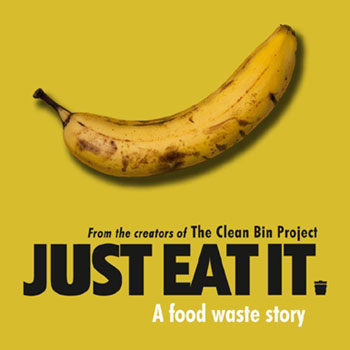After the enormous amount of food the US wastes became a news item this year, the EPA and USDA announced our first-ever national goal to reduce it.
The goal is to cut food waste in half by 2030.
"Let’s feed people, not landfills. By reducing wasted food in landfills, we cut harmful methane emissions that fuel climate change, conserve our natural resources, and protect our planet for future generations" says Gina McCarthy, EPA Administrator.
Indeed, an incredible 31% – 133 billion pounds – of the US food supply is dumped rather than eaten. It is the single largest source of municipal solid waste, responsible for 18% of methane emissions from landfills. And landfills are our third largest source of methane.
An average American family of four throws out about $2,275 in food every year, according to the Natural Resource Defense Council. Cutting waste by just 15% would provide enough food for over 25 million Americans a year.
The majority of food waste (54%) happens during and after food harvesting, particularly while it’s handled and stored. The rest occurs during processing, distribution and consumption.

"Wealthy countries must move away from export-driven agricultural policies and leave space instead for small-scale farmers in developing countries to supply local markets," he says. "They must also restrain their expanding claims on global farmland by reining in the demand for animal feed and agrofuels, and by reducing food waste," says Olivier De Schutter, UN Special Rapporteur on the Right to Food. He says the world’s food system needs a complete overhaul starting with a move to local, sustainable farming.
In 2013, USDA and EPA launched the US Food Waste Challenge, a platform for organizations across the food chain to share best practices on ways to reduce, recover, and recycle food. As of last year, there were more than 4,000 active participants, well surpassing the goal of 1,000 participants by 2020. And EPA is working with about 800 grocers, restaurants, venues, stadiums, and other organizations to reduce wasted food through prevention, donation, and composting. Last year, they captured 600,000 tons of food under EPA’s Food Recovery Challenge.
Last year, Massachusetts banned commercial operations from sending food waste to landfills as part of its climate action plan. New York City enacted a similar law but it applies only to restaurants.
Read our article, Carbon Footprint From Food Waste Bigger Than Most Countries.
